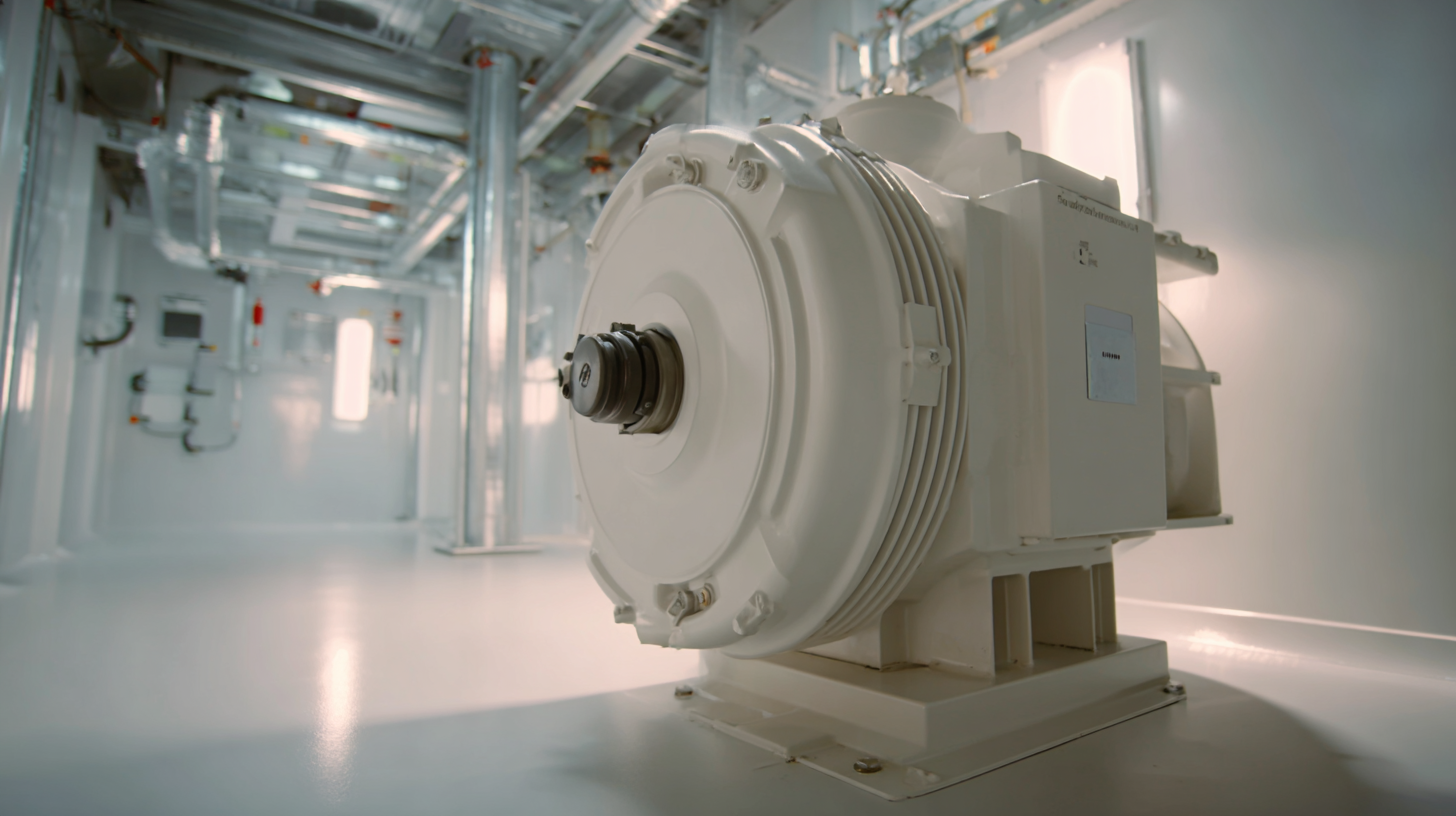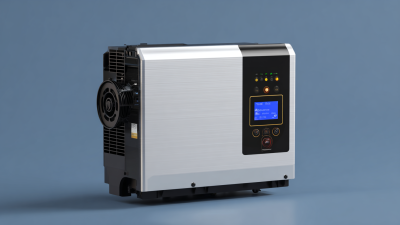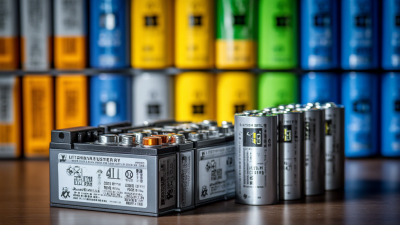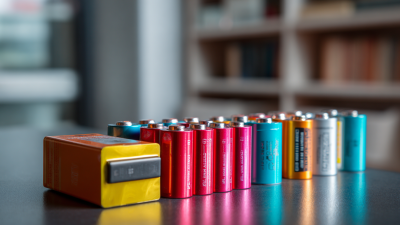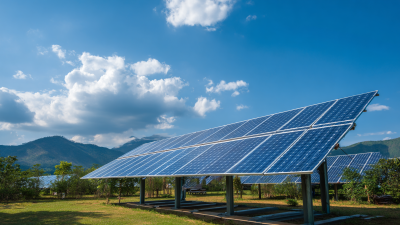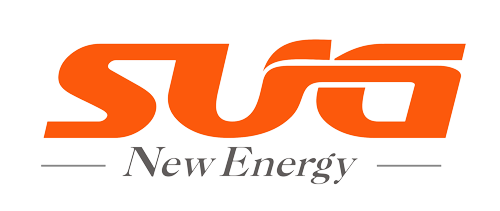
In the quest for energy efficiency, Sine Power has emerged as a pivotal technology, promising substantial reductions in energy consumption across various industries. According to a report by the International Energy Agency (IEA), improving energy efficiency could save up to 17% of global energy demand by 2040, a critical goal as the world grapples with increasing energy needs and climate change challenges.
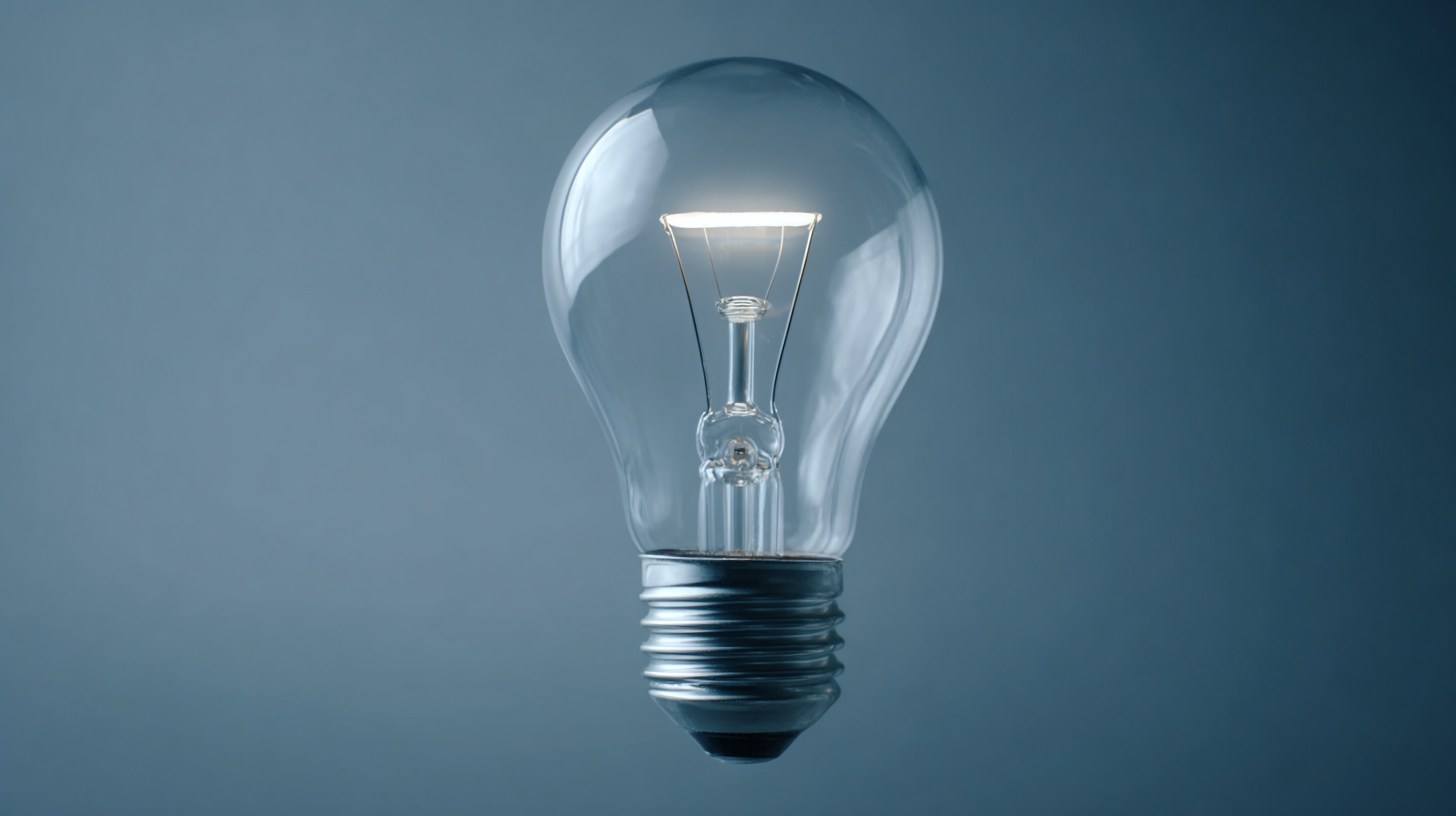
Sine Power technology, characterized by its smooth waveforms and optimal performance in power conversion applications, offers an innovative solution to this growing concern. By harnessing Sine Power, industries can significantly enhance their operational efficiency while also reducing energy costs; a study from the U.S. Department of Energy indicates that companies implementing advanced power management systems could experience energy savings of up to 30%.
As we delve into effective strategies for optimizing Sine Power utilization in various settings, it becomes clear that its effective application is essential for achieving a sustainable, energy-efficient future.
Sine power, a crucial concept in understanding energy efficiency, refers to the use of sine waveforms in electrical systems. This waveform is significant because it represents the most efficient form of AC (alternating current) power delivery. When electrical devices operate on sine power, they require less energy to achieve the same level of performance compared to systems utilizing non-sinusoidal waveforms. This reduced energy demand is vital for maximizing efficiency, minimizing energy losses, and optimizing the overall performance of electrical systems.
The role of sine power in energy efficiency extends beyond just the waveform itself; it influences the design and operation of electrical devices. Equipment engineered to operate on sine power tends to have fewer harmonics, which can lead to improved overall system reliability and reduced heating in conductors and other components. By prioritizing devices and systems that utilize sine power, industries and households alike can achieve significant energy savings, leading to lower energy costs and a reduced carbon footprint. Additionally, understanding the principles of sine power allows for better decision-making when investing in energy-efficient technologies.
Implementing sine power in electrical systems offers several key benefits that contribute to maximum energy efficiency. One of the paramount advantages is the reduction of harmonic distortion, which enhances the overall quality of power supply. This leads to improved performance of electrical equipment, minimizing wear and tear and potentially extending the lifespan of devices. Enhanced power quality also translates to lower operational costs, as it lessens the risk of equipment failure and downtime.
In addition, sine power systems facilitate better energy management in smart grids. The integration of advanced monitoring and control systems can optimize energy distribution, making it easier to accommodate renewable energy sources. This transition is critical as more organizations seek to implement sustainable upgrades in their facilities, highlighting the importance of energy efficiency in modern electrical engineering.
Tips: To leverage the benefits of sine power, consider conducting a thorough energy audit to identify areas where efficiency can be improved. Investing in high-quality sine wave inverters can also make a significant difference in power quality. Lastly, staying informed about emerging technologies in energy management can empower stakeholders to make informed decisions about their electrical systems.
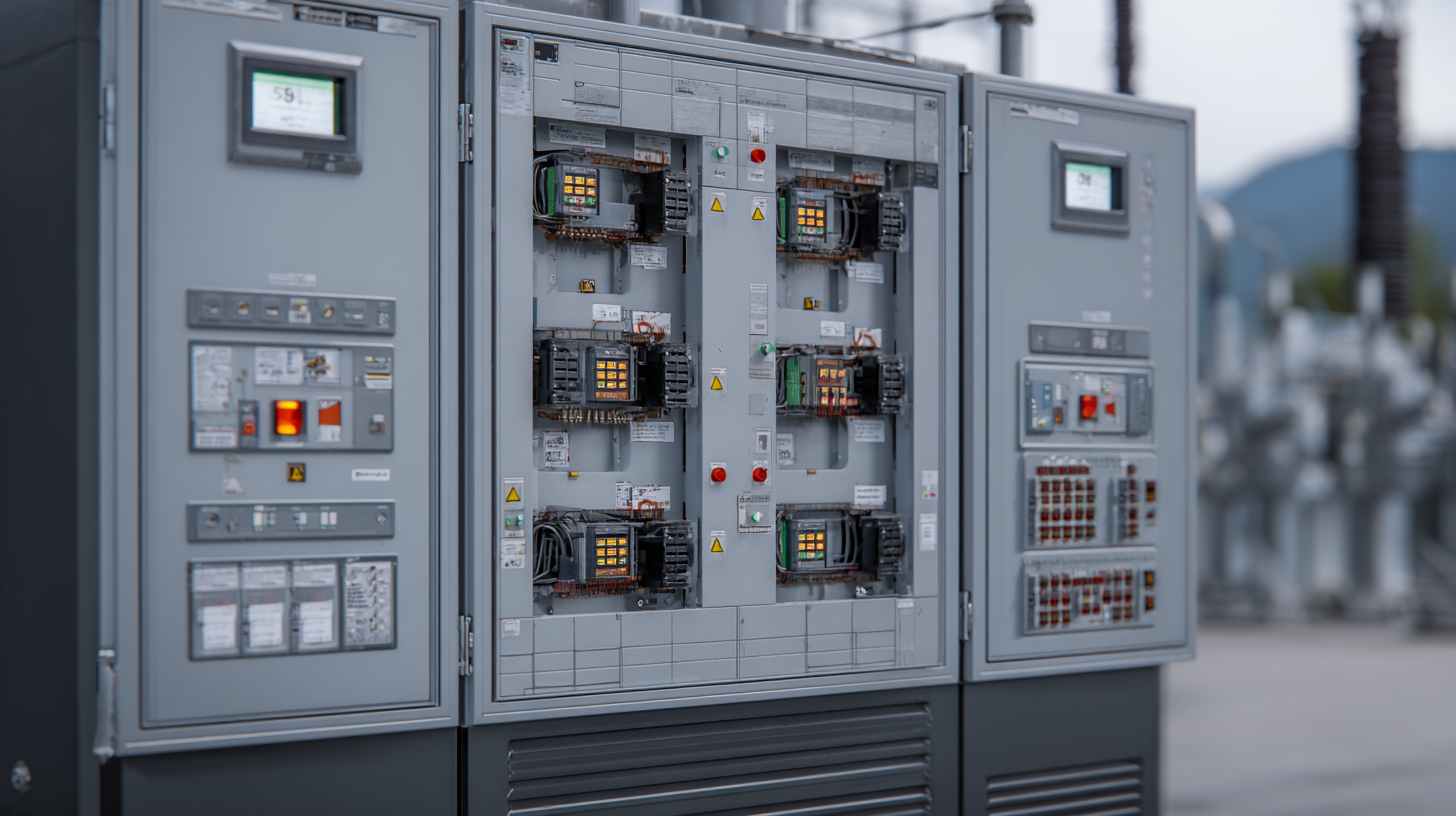
The optimization of energy efficiency in various industries often hinges on the adoption of the most effective sine wave forms in power systems. Industry standards emphasize the importance of utilizing pure sine waves due to their ability to provide a smooth and consistent voltage output. This consistency minimizes power loss and enhances the performance of electrical devices, thereby contributing to overall energy savings. The implementation of pure sine waves can significantly reduce harmonic distortion, which is crucial for increasing the lifespan of electrical components and lowering maintenance costs.
Incorporating industry standards that promote optimal sine wave forms also means considering the advancements in inverter technology. Modern inverters are designed to produce high-quality sine waves with greater precision and efficiency. These technological improvements allow industries to not only comply with energy regulations but also to harness the maximum potential of their energy resources. By aligning with these standards, businesses can achieve significant energy reductions while promoting sustainability, ultimately leading to cost savings and a reduced environmental footprint.
In various sectors, the successful utilization of sine power has led to significant improvements in energy efficiency. For instance, in the manufacturing industry, companies have incorporated sine wave inverters to optimize motor performance. This transition not only reduces harmonic distortion but also decreases energy losses. One notable case is a textile factory that switched to sine-powered motors, resulting in a 30% reduction in energy consumption and increased operational reliability. The smooth power delivery of sine wave technology allows for better control of equipment, leading to enhanced productivity.
Similarly, in the renewable energy sector, sine power plays a crucial role in the integration of solar and wind systems. A notable example is a solar farm that implemented sine wave converters, which improved the overall efficiency of energy transmission to the grid. By minimizing power fluctuations and maintaining a stable output, these farms were able to increase their capacity factor significantly. The success of these projects demonstrates the versatility of sine power across different applications, underscoring its potential as a cornerstone for future energy-efficient technologies.
Sine power, often associated with the use of sine wave technology in electric systems, plays a vital role in enhancing energy efficiency. By examining its impact on overall energy consumption, we can identify effective strategies for optimizing electrical performance. Sine power minimizes harmonic distortion and improves the quality of electrical signals, ultimately leading to lower energy costs and longer equipment lifespans.
Tips for maximizing energy efficiency with sine power include selecting high-quality sine wave inverters, which can significantly reduce energy losses during conversion processes. Additionally, regular maintenance of electrical systems ensures that they operate at peak efficiency, preventing unnecessary energy waste. Another effective strategy is to leverage smart energy management systems that monitor and adjust consumption based on real-time data, helping to achieve optimal energy savings.
Moreover, utilizing sine power technologies can help businesses and homeowners alike to make informed decisions about energy consumption patterns. Engaging with energy audits and utilizing energy-efficient appliances can enhance the positive impact of sine power, leading to reduced overall energy consumption and a more sustainable approach to power usage.
